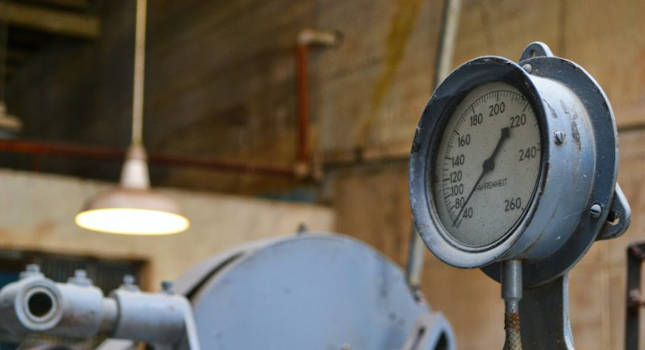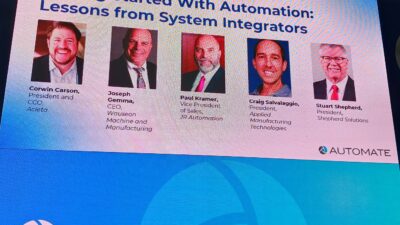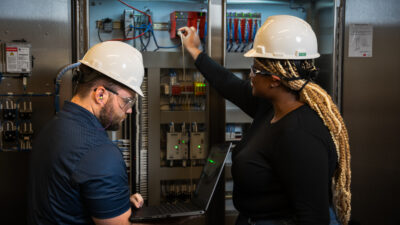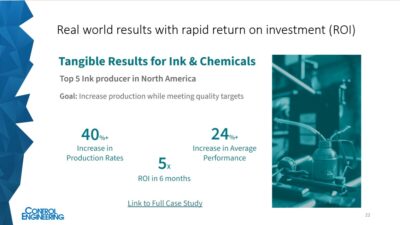Upgrades to a cogeneration plant include resiliency for three critical systems, according to the system integrator involved.

Learning Objectives
- Learn operational resiliency project details and scope.
- Understand challenges and resolutions for the resiliency project.
- Consider resiliency project advice.
System integrators share advice to increase operational resiliency. What technologies are helping what applications and producing measurable benefits and how? Thermo Systems provides answers below.
Please describe the project and how it improved operational resiliency.
A cogeneration plant received resiliency upgrades for a higher education client in downtown New York City. Three critical systems were wired to one remote input/output (I/O) panel that was integrated into the plant control system (PCS) via one programmable logic controller (PLC) that controlled the balance of plant (BOP) and other functions. The project separated the three critical systems into separate dedicated PLC control panels to remove the single point of failure. A redundantly-powered uninterruptible power supply (UPS) system for critical control equipment was implemented to reduce impacts from power failures.
What was the scope of the resiliency upgrade project and goals?
Project goals: Improve resiliency of the plant control system by reducing the operational impacts caused by the single points of failure, power outages, and other pre-existing issues.
Project scope: Scope of supply included: Design of the UPS electrical infrastructure and plant control system, fabrication of the new control panels, UPS procurement, electrical demolition/installation, PLC programming, network configuration, supervisory control and data acquisition (SCADA) application development, factory acceptance testing, startup, and commissioning.
What types of automation and controls were involved?
Automation/controls equipment: Allen-Bradley ControlLogix PLCs and I/O from Rockwell Automation were used for the new control panels. Each new control panel also included a set of redundant power supplies for the PLC and I/O chassis, a managed Ethernet switch and a local human-machine interface (HMI).
UPS equipment: An Eaton 93PM 50kw UPS with a redundant power module, 3 breaker bypass, and a 480V/208V step-down transformer was provided for the redundant UPS circuit.
What were main resiliency project challenges?
Challenges faced on this resiliency project included coordinating pre-shutdown work and shutdown windows for each piece of equipment; planning for unforeseen operational impacts due to shutting down panels/equipment; and developing a new design philosophy for resiliency that considered existing conditions and constraints.
How were those issues resolved?
Challenges were overcome by understanding the client’s requirements, concessions, and constraints; reviewing the existing system programming, documentation, and site conditions; evaluating the risks, employing risk mitigation efforts where possible; developing back-out plans where necessary; and clearly communicating the shutdown process and expectations around timeframes, operational impacts and level of support the team required.
What were positive metrics for the resiliency project?
The most apparent positive metric was the UPS runtime increased from 15 minutes backup (with a single bus feed) to more than 4 hours backup (with multiple bus feeds). With the resiliency strategies implemented under this project, the cogeneration plant can remain operational in a majority of cases involving single points of failure, power outages and other pre-existing issues.
What resiliency project advice can you share?
The biggest piece of advice would be preparing thoroughly for similar efforts. This includes performing the appropriate research and investigative work, developing a detailed approach through collaboration, and planning for the unexpected. Additionally, documenting the actual outcomes (both expected and unexpected) of the shutdowns will be advantageous for potential future situations.
Grant Kircher is account manager, and Matthew Rawson is senior control systems engineer, Thermo Systems, Control System Integrator Association (CSIA) certified member; CSIA is a CFE Media content partner. Edited by Mark T. Hoske, content manager, Control Engineering, CFE Media and Technology, [email protected].
KEYWORDS: Automation resiliency, control design upgrades
CONSIDER THIS
Have you re-examined critical systems for resiliency lately? Is it time?
ONLINE
Thermo Systems has more on redundant, resilient control systems.



